The second half of the school year brings with it major education assessments which can be a stressful time for teachers, parents, and students. PARCC, Smarter Balanced, ACT Aspire, and Common Core States Standards (CCSS).
According to The Journal of Technology, Learning, and Assessment:
“The average difference in the percentage of students scoring proficient or advanced in the CSTs between laptop and non-laptop students was 17 percentage points for English-language arts and 18 percentage points for mathematics, both favoring the laptop program. The greatest difference, 20 percentage points between the two groups, was observed in the sixth grade mathematics scores and eighth grade English-language arts scores.“
Student use of technology for learning and assessment prior to standardized digital testing improves test scores, along with several other benefits including directing their own learning, a greater reliance on active learning strategies, engagement in problem solving and critical thinking, and deeper and more flexible uses of technology than students without regular access to technology (source).
There are many challenges these assessments place on teachers. Here are some no-cost resources for the classroom which will help prepare students for digital assessments.
Comfortability With Technology Testing
Engaging students with a variety of online tools will help prepare students for an assortment of evaluation programs. Differences in user experience between testing platforms often confuse students. Students familiar with navigating and responding to questions in an online environment are able to focus more of their attention on the critical thinking, reading and writing requisite with assessments of all subject areas. Research shows reducing students’ cognitive load is crucial to helping them more accurately demonstrate their actual learning.
The Smithsonian Learning Lab is a free resource teachers love. The ability to add activities and assessments to the plethora of Smithsonian resources and collections provides a no-cost means to prepare students of all ages to navigate digital content, examine resources, and respond to online question banks similar to those found in the new digital statewide platforms.
[fusion_builder_container hundred_percent=”yes” overflow=”visible” margin_top=”10px” margin_bottom=”0px” background_color=”rgba(255,255,255,0)”][fusion_builder_row][fusion_builder_column type=”1_1″ background_position=”left top” background_color=”” border_size=”” border_color=”” border_style=”solid” spacing=”yes” background_image=”” background_repeat=”no-repeat” padding=”” margin_top=”0px” margin_bottom=”0px” class=”” id=”” animation_type=”” animation_speed=”0.3″ animation_direction=”left” hide_on_mobile=”no” center_content=”no” min_height=”none”][fusion_separator style_type=”none” sep_color=”” border_size=”” icon=”” icon_circle=”” icon_circle_color=”” width=”” alignment=”center” class=”” id=””/]

[/fusion_builder_column][/fusion_builder_row][/fusion_builder_container][fusion_builder_container hundred_percent=”yes” overflow=”visible” margin_top=”30px” margin_bottom=”0px” background_color=”rgba(255,255,255,0)”][fusion_builder_row][fusion_builder_column type=”1_1″ background_position=”left top” background_color=”” border_size=”” border_color=”” border_style=”solid” spacing=”yes” background_image=”” background_repeat=”no-repeat” padding=”” margin_top=”0px” margin_bottom=”0px” class=”” id=”” animation_type=”” animation_speed=”0.3″ animation_direction=”left” hide_on_mobile=”no” center_content=”no” min_height=”none”][fusion_separator style_type=”none” sep_color=”” border_size=”” icon=”” icon_circle=”” icon_circle_color=”” width=”” alignment=”center” class=”” id=””/]
[/fusion_builder_column][/fusion_builder_row][/fusion_builder_container][fusion_builder_container hundred_percent=”yes” overflow=”visible”][fusion_builder_row][fusion_builder_column type=”1_1″ background_position=”left top” background_color=”” border_size=”” border_color=”” border_style=”solid” spacing=”yes” background_image=”” background_repeat=”no-repeat” padding=”” margin_top=”0px” margin_bottom=”0px” class=”” id=”” animation_type=”” animation_speed=”0.3″ animation_direction=”left” hide_on_mobile=”no” center_content=”no” min_height=”none”][irp posts=”6848″ name=”6 Reasons Teachers Love The Smithsonian Learning Lab”]
[fusion_separator style_type=”none” top_margin=”30″ bottom_margin=”0″ sep_color=”” border_size=”” icon=”” icon_circle=”” icon_circle_color=”” width=”” alignment=”center” class=”” id=””/]
The newly released Sorting Activity Tool familiarizes students with timeline ordering and experience with another digital tool.
[fusion_separator style_type=”none” top_margin=”10″ bottom_margin=”0″ sep_color=”” border_size=”” icon=”” icon_circle=”” icon_circle_color=”” width=”” alignment=”center” class=”” id=””/]

[fusion_separator style_type=”none” top_margin=”10″ bottom_margin=”0″ sep_color=”” border_size=”” icon=”” icon_circle=”” icon_circle_color=”” width=”” alignment=”center” class=”” id=””/]
Encourage Critical Thinking
Through the use of web-based tools, teachers create and publish their most innovative lessons and projects for use by colleagues on CTE Online. With over 4,000 unique lessons and tens of thousands of quality embedded OER instructional materials, this free educator platform has become a definitive source for teachers seeking ready-to-use curriculum.
[fusion_separator style_type=”none” top_margin=”30″ bottom_margin=”0″ sep_color=”” border_size=”” icon=”” icon_circle=”” icon_circle_color=”” width=”” alignment=”center” class=”” id=””/]
[irp posts=”6790″ name=”California’s Blended PD/Curriculum Project Works To Explain Growing Popularity In Other States”]
[fusion_separator style_type=”none” top_margin=”30″ bottom_margin=”0″ sep_color=”” border_size=”” icon=”” icon_circle=”” icon_circle_color=”” width=”” alignment=”center” class=”” id=””/]
Customize curriculum, projects, lesson plans, and resources for use in your classroom to encourage creative problem solving and get students thinking!
Creating a Martian Society STEM Integrated Project
[fusion_separator style_type=”none” top_margin=”10″ bottom_margin=”0″ sep_color=”” border_size=”” icon=”” icon_circle=”” icon_circle_color=”” width=”” alignment=”center” class=”” id=””/]

[fusion_separator style_type=”none” top_margin=”10″ bottom_margin=”0″ sep_color=”” border_size=”” icon=”” icon_circle=”” icon_circle_color=”” width=”” alignment=”center” class=”” id=””/]
What Works For Other Educators?
Use social media to connect with other teachers to see what works for them!
A hashtag we like to review regularly on Twitter is #EdTechChat – Educational technology experts and educators regularly share insights and reviews using this hashtag.
[fusion_separator style_type=”none” top_margin=”10″ bottom_margin=”0″ sep_color=”” border_size=”” icon=”” icon_circle=”” icon_circle_color=”” width=”” alignment=”center” class=”” id=””/]

[fusion_separator style_type=”none” top_margin=”30″ bottom_margin=”0″ sep_color=”” border_size=”” icon=”” icon_circle=”” icon_circle_color=”” width=”” alignment=”center” class=”” id=””/]
[irp posts=”7584″ name=”Teachers Rocked The Booth At CUE Conference”]
[fusion_separator style_type=”none” top_margin=”30″ bottom_margin=”0″ sep_color=”” border_size=”” icon=”” icon_circle=”” icon_circle_color=”” width=”” alignment=”center” class=”” id=””/]
A source for general standardized test preparation can be found on Education.com.
Have questions about these resources? Reach out to us on Twitter or Facebook, we’d be happy to help![/fusion_builder_column][/fusion_builder_row][/fusion_builder_container]
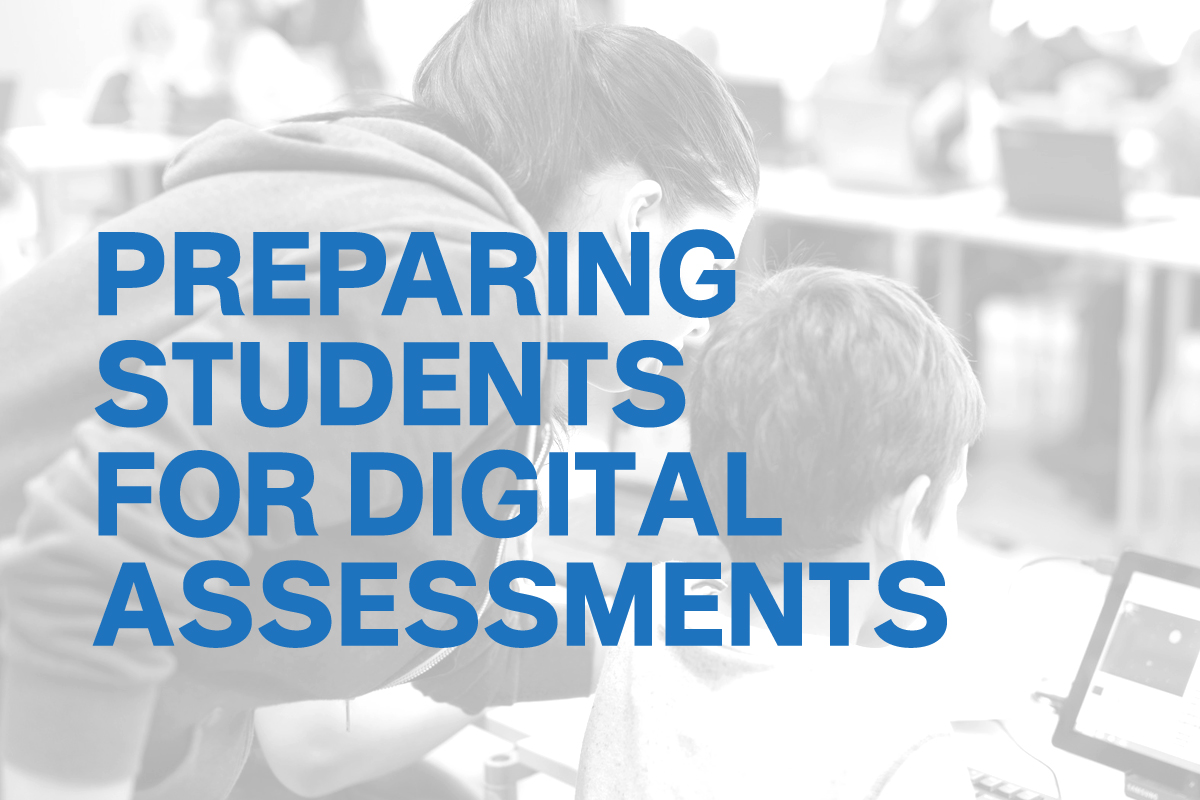
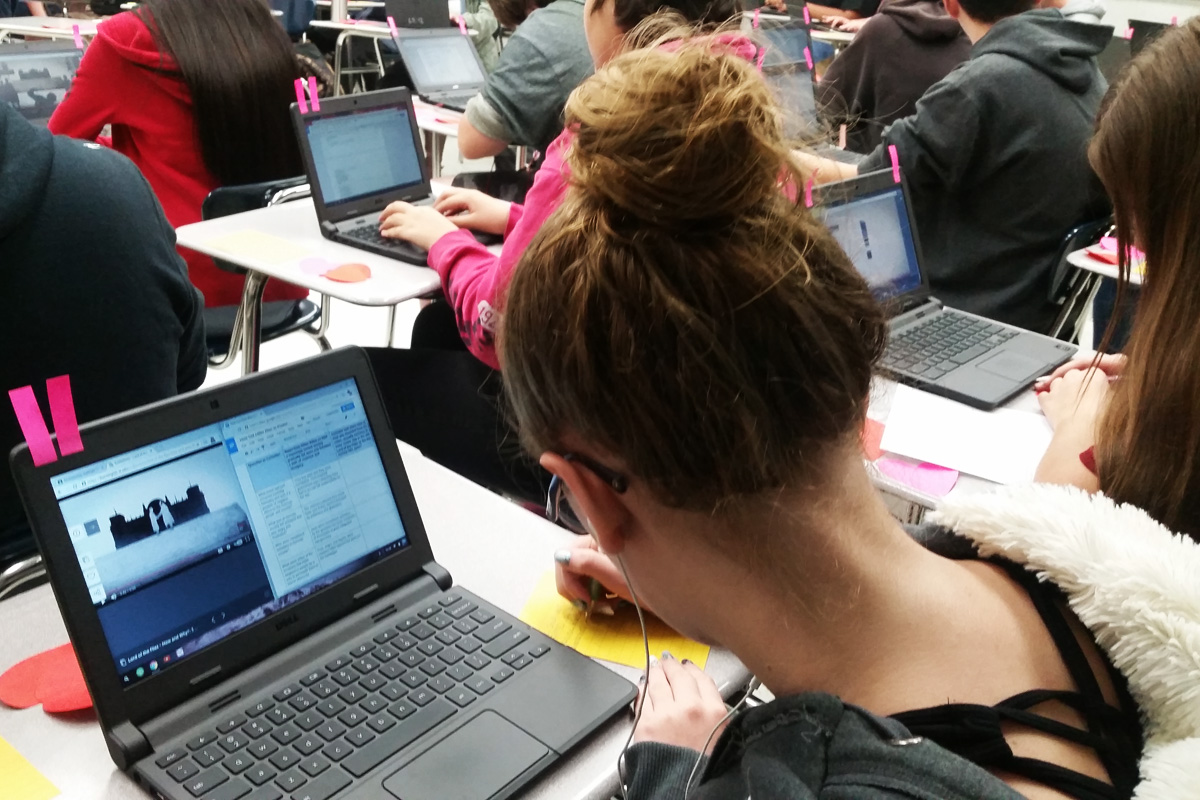


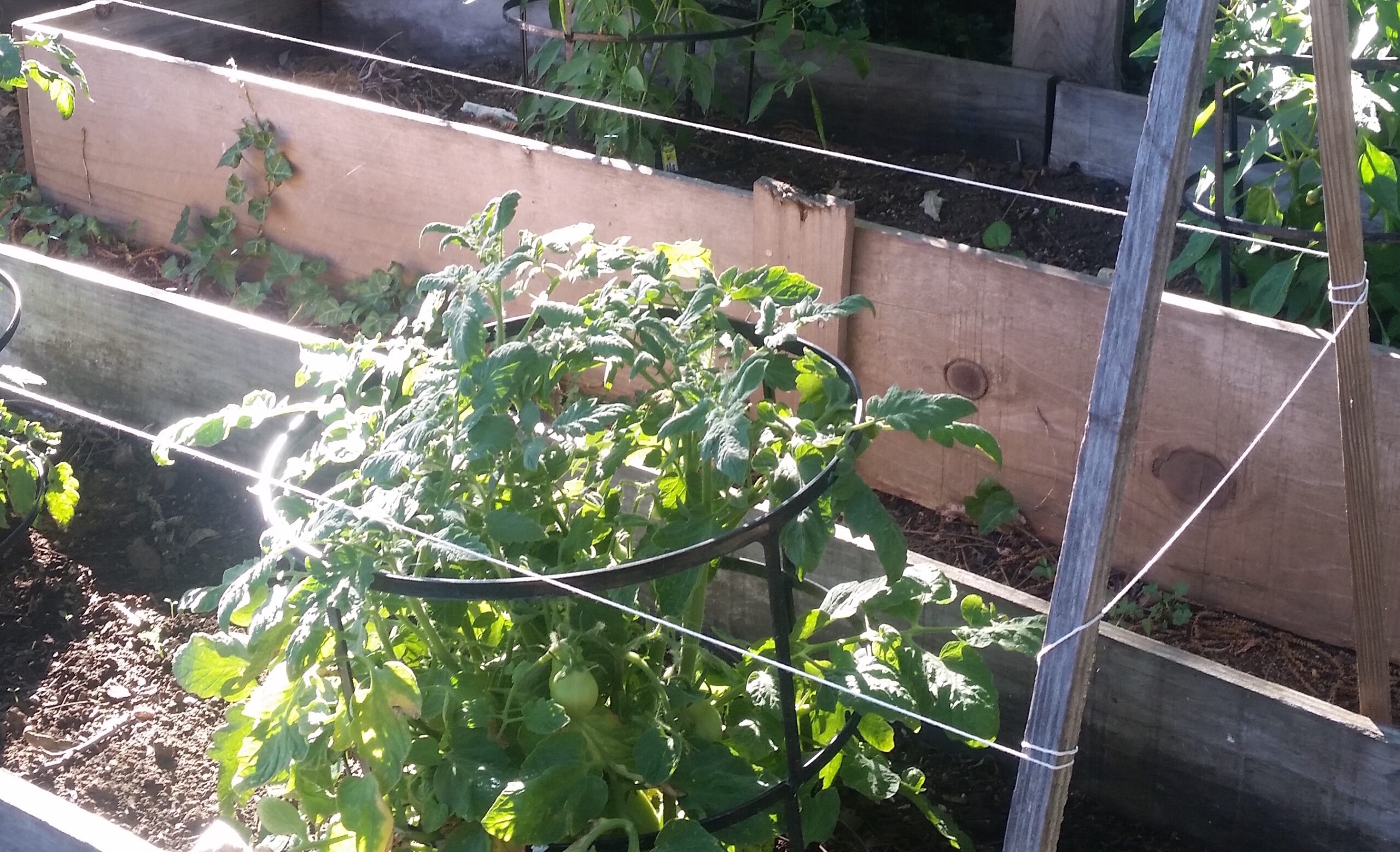




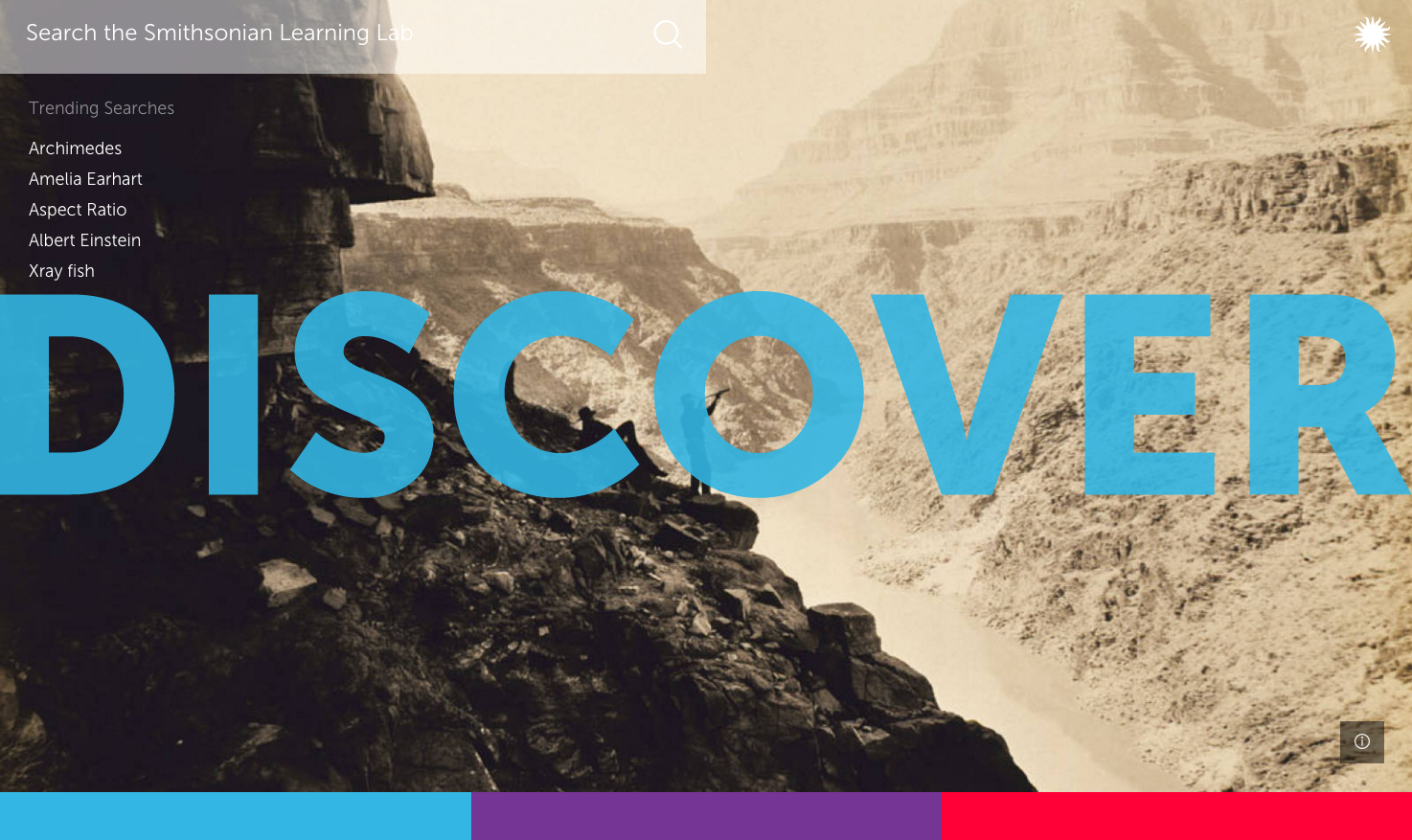



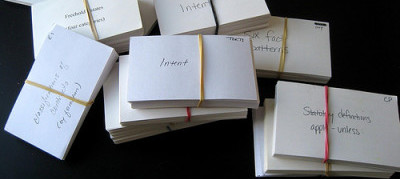
 son who is a Freshman. For the record, these are respectively kids # 4 & 5 that I am personally getting to usher through their last stop in the public education system. They both have Spanish I this year, but with two different teachers. In our Junior’s Spanish class, he came home the first week and said, “I have to create an account on
son who is a Freshman. For the record, these are respectively kids # 4 & 5 that I am personally getting to usher through their last stop in the public education system. They both have Spanish I this year, but with two different teachers. In our Junior’s Spanish class, he came home the first week and said, “I have to create an account on 
 other educator’s methods and share their own. But across hundreds and hundreds of experiences spanning 15 years, I can count on one hand the number of times a high school team collectively engaged any one of these types of deep assessments of their own craft and culture. I have only seen a few sites that have realistically moved their school into a position to make any kind of unified claims about the nature of their coursework and their instructional approaches.
other educator’s methods and share their own. But across hundreds and hundreds of experiences spanning 15 years, I can count on one hand the number of times a high school team collectively engaged any one of these types of deep assessments of their own craft and culture. I have only seen a few sites that have realistically moved their school into a position to make any kind of unified claims about the nature of their coursework and their instructional approaches.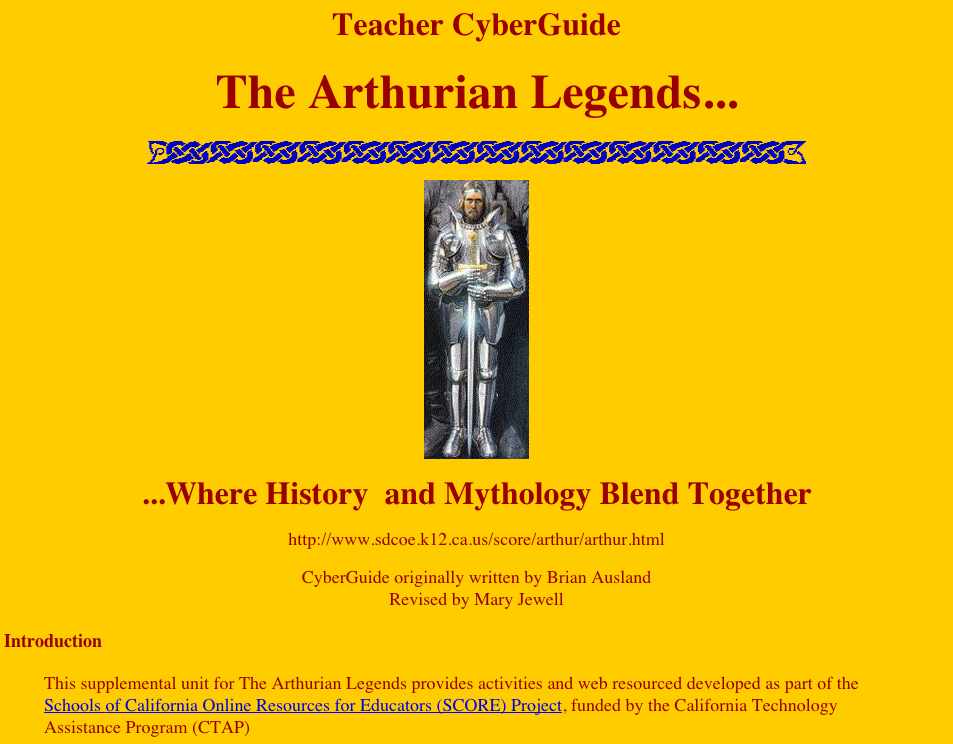
 disaggregating, defining, and typically ranking or relationally justifying those pieces.
disaggregating, defining, and typically ranking or relationally justifying those pieces. amounts of their time teaching and reflecting on how to mix up the best learning concoctions through repeated trial and error as an average educator does hundreds of times a week. So people, teams, agencies, and companies unwittingly focus on tackling more tangible items like helping teachers find resources, save them, drop them into a display view,and solicit some direct student reflection about the items or respond to a simple-structure question. And yes, powerful learning can be aided by a well-developed and timely resource, but rarely do resources independently instigate and support a sustained learning experience that moves the learner through a series of inter-related cognitive cycles requisite to deep learning and connection with the content.
amounts of their time teaching and reflecting on how to mix up the best learning concoctions through repeated trial and error as an average educator does hundreds of times a week. So people, teams, agencies, and companies unwittingly focus on tackling more tangible items like helping teachers find resources, save them, drop them into a display view,and solicit some direct student reflection about the items or respond to a simple-structure question. And yes, powerful learning can be aided by a well-developed and timely resource, but rarely do resources independently instigate and support a sustained learning experience that moves the learner through a series of inter-related cognitive cycles requisite to deep learning and connection with the content. WYSIWYG editor tool bar and are not rendered as a playlist of slides.
WYSIWYG editor tool bar and are not rendered as a playlist of slides. 
 So whether the curricular item is referred to as a web-based project, an online lesson plan, or a digital learning resource, our imagination makes anticipatory leaps envisioning the promised innovation. However, I am always burdened by my own history in this space. In 1995 I started teaching. Because of some of my “home-grown” online curriculum at the time, I was invited to be part of a statewide project in California that brought 100 teachers together to learn FrontPage and Composer to make online versions of our best units to publish on the World Wide Web. Sharing ideas and coming up with imaginative projects and activities with other teachers was awesome, but taking those ideas and making them then conform to the old Bernie Dodge
So whether the curricular item is referred to as a web-based project, an online lesson plan, or a digital learning resource, our imagination makes anticipatory leaps envisioning the promised innovation. However, I am always burdened by my own history in this space. In 1995 I started teaching. Because of some of my “home-grown” online curriculum at the time, I was invited to be part of a statewide project in California that brought 100 teachers together to learn FrontPage and Composer to make online versions of our best units to publish on the World Wide Web. Sharing ideas and coming up with imaginative projects and activities with other teachers was awesome, but taking those ideas and making them then conform to the old Bernie Dodge  However, more times than not, I am directed to a list of PDF’s or videos. Instead of being mesmerized and drawn in by rich resources, thoughtfully organized by skilled educators, I find myself looking at none of those items listed out above, let alone a combination of many of them. And the real tragedy is in the amount of time and effort that goes into bringing together teachers, having them consider and articulate their practice and instructional approaches full of dynamic and fluid ideas and strategies, we end up modeling up very traditional, unimaginative, one dimensional frameworks. Rather than work to innovative the use of the very digital environment in which these derivative, digital learning objects are stored, the resulting content is most often published in simple digital document formats or single-perspective, lecture-based videos. The platforms themselves are often elaborate, the communication tools are robust, the group utilities are feature-rich, the overall design is thoughtful and responsive, but when you get to the OER objects, we end up browsing through tired collections of PDFs, embedded Crocodoc files, passive html pages, or simple play-lists of materials where teachers might have not even developed much of the material, but instead were merely asked to assess it’s instructional value, subject-focus, and standards alignment. The curriculum or key learning assets make little to no use of the rich, digital, database supported environments in which they are hosted. So while it seems that programs often afford their web site and auxiliary functions and marketing content far more UI and UX considerations, the actual instructional artifacts the program is designed to solicit, build, develop and deploy get stuck with antiquated design models. After all the work that goes into these types of programs, and we know the work well, this should be the easiest part to get right…right?
However, more times than not, I am directed to a list of PDF’s or videos. Instead of being mesmerized and drawn in by rich resources, thoughtfully organized by skilled educators, I find myself looking at none of those items listed out above, let alone a combination of many of them. And the real tragedy is in the amount of time and effort that goes into bringing together teachers, having them consider and articulate their practice and instructional approaches full of dynamic and fluid ideas and strategies, we end up modeling up very traditional, unimaginative, one dimensional frameworks. Rather than work to innovative the use of the very digital environment in which these derivative, digital learning objects are stored, the resulting content is most often published in simple digital document formats or single-perspective, lecture-based videos. The platforms themselves are often elaborate, the communication tools are robust, the group utilities are feature-rich, the overall design is thoughtful and responsive, but when you get to the OER objects, we end up browsing through tired collections of PDFs, embedded Crocodoc files, passive html pages, or simple play-lists of materials where teachers might have not even developed much of the material, but instead were merely asked to assess it’s instructional value, subject-focus, and standards alignment. The curriculum or key learning assets make little to no use of the rich, digital, database supported environments in which they are hosted. So while it seems that programs often afford their web site and auxiliary functions and marketing content far more UI and UX considerations, the actual instructional artifacts the program is designed to solicit, build, develop and deploy get stuck with antiquated design models. After all the work that goes into these types of programs, and we know the work well, this should be the easiest part to get right…right?



 increased ability to use, navigate, research, and demonstrate learning gains. We believe some of this is attributable to implementing tools that better provide a given teacher a clear method to replicate and communicate their instructional decisions and scaffolding in a unified way along with the sequenced learning objects/resources they’ve selected. In and of themselves, playlists of objects, videos, and quizzes aren’t structured to perform in this way and don’t provide enough spacing for subtle, but key cognitive reflection points nor room for learner differentiation based on those “formative forks” that occur when a good teacher is guiding students. More testing is occurring now, and the data is supporting our inclinations. We are excited to be moving the conversation and the focus of back to the learning process itself, and ultimately welcome more projects, programs, agencies, and firms to do the same. We are not trying to abandon paying homage to traditional curricular formatting which is designed to document and record static instructional models. We are merely more interested in creating new models that are designed to capture and publish fluid, organic, strong learning exchanges crafted by practitioners each and every day in classrooms across the nation. Platforms that are making resulting student data more readily accessible and usable for teachers, that are presenting diverse ways for colleagues to coordinate and communicate, and are enabling up-stream agencies to track and monitor assessment data across large systems for strategic long-term decision making are all good things, but only when they are also paying attention to the heart of the matter.
increased ability to use, navigate, research, and demonstrate learning gains. We believe some of this is attributable to implementing tools that better provide a given teacher a clear method to replicate and communicate their instructional decisions and scaffolding in a unified way along with the sequenced learning objects/resources they’ve selected. In and of themselves, playlists of objects, videos, and quizzes aren’t structured to perform in this way and don’t provide enough spacing for subtle, but key cognitive reflection points nor room for learner differentiation based on those “formative forks” that occur when a good teacher is guiding students. More testing is occurring now, and the data is supporting our inclinations. We are excited to be moving the conversation and the focus of back to the learning process itself, and ultimately welcome more projects, programs, agencies, and firms to do the same. We are not trying to abandon paying homage to traditional curricular formatting which is designed to document and record static instructional models. We are merely more interested in creating new models that are designed to capture and publish fluid, organic, strong learning exchanges crafted by practitioners each and every day in classrooms across the nation. Platforms that are making resulting student data more readily accessible and usable for teachers, that are presenting diverse ways for colleagues to coordinate and communicate, and are enabling up-stream agencies to track and monitor assessment data across large systems for strategic long-term decision making are all good things, but only when they are also paying attention to the heart of the matter.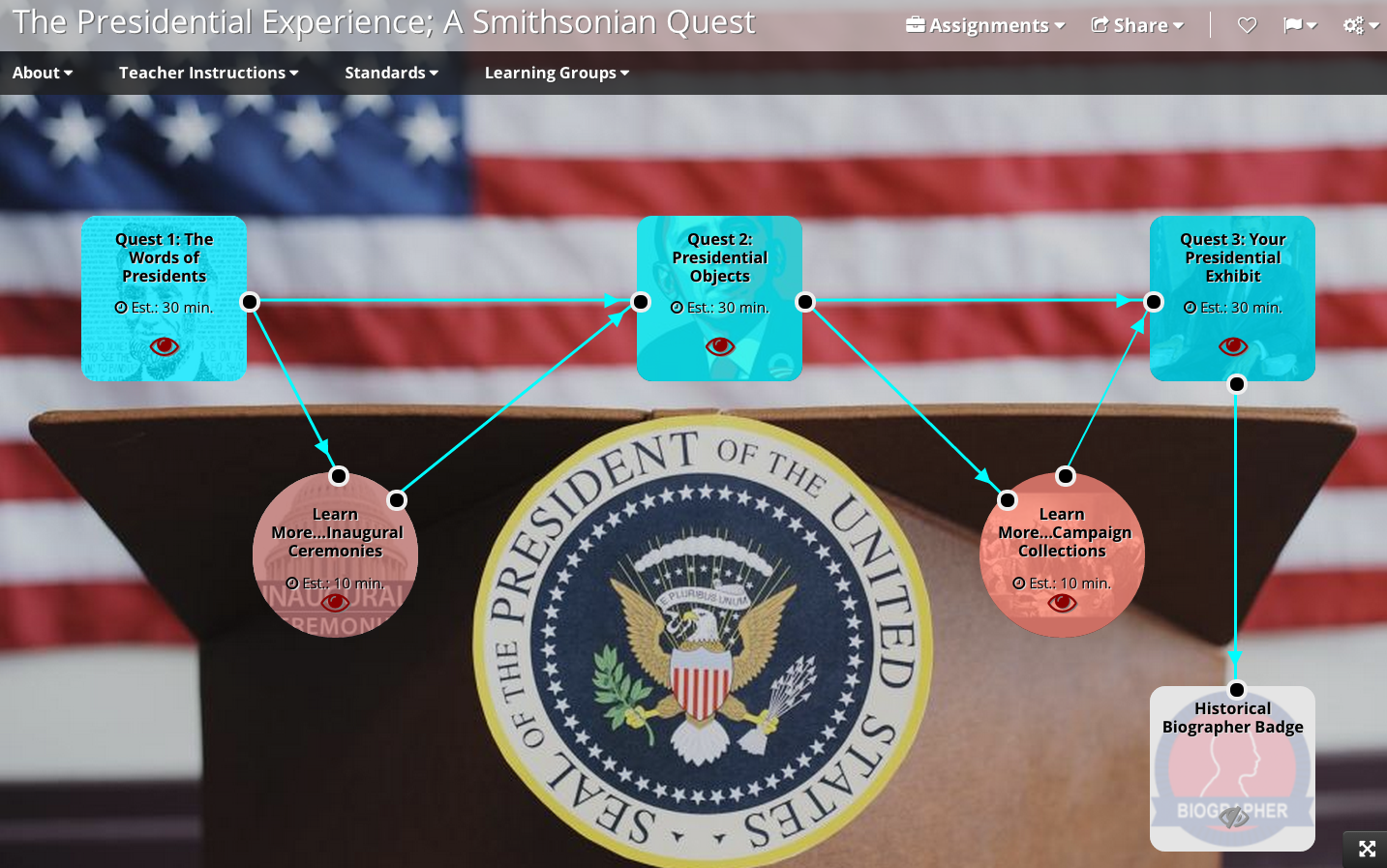

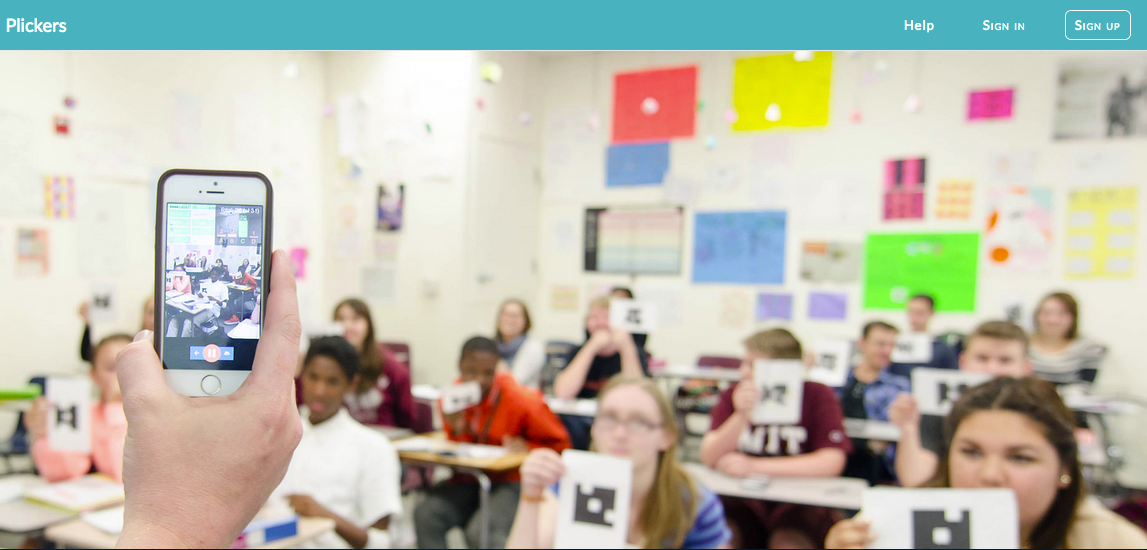
 Let’s start with the funkiest one that I have grown to really like, Plickers. Here’s how it goes: You go to Plickers and create your free teacher account and set up your class of students. You print off a card for each of your students that they can hold up in response to questions that you pose to them. Like maybe you ask, “Why did England increase the number of British troops sent to the American colonies following the French and Indian War?”
Let’s start with the funkiest one that I have grown to really like, Plickers. Here’s how it goes: You go to Plickers and create your free teacher account and set up your class of students. You print off a card for each of your students that they can hold up in response to questions that you pose to them. Like maybe you ask, “Why did England increase the number of British troops sent to the American colonies following the French and Indian War?” Kind of like the Plickers app but all the students will need a device of some kind to get online and participate. They can use their school supplied tablets or computers or their own smart phones for that matter.
Kind of like the Plickers app but all the students will need a device of some kind to get online and participate. They can use their school supplied tablets or computers or their own smart phones for that matter. This system is a bit more robust than Kahoot. Again, you create your free teacher account and set up your student list in the system. You can then direct students to quizzes you created or adopted from other teacher-users. Unlike Kahoot, you can elect to have the questions in your quizzes time-based or just let the students conduct at their own pace. Another fun feature is the space race mode in which it shows real-time, visual results of students answering questions correctly.
This system is a bit more robust than Kahoot. Again, you create your free teacher account and set up your student list in the system. You can then direct students to quizzes you created or adopted from other teacher-users. Unlike Kahoot, you can elect to have the questions in your quizzes time-based or just let the students conduct at their own pace. Another fun feature is the space race mode in which it shows real-time, visual results of students answering questions correctly.